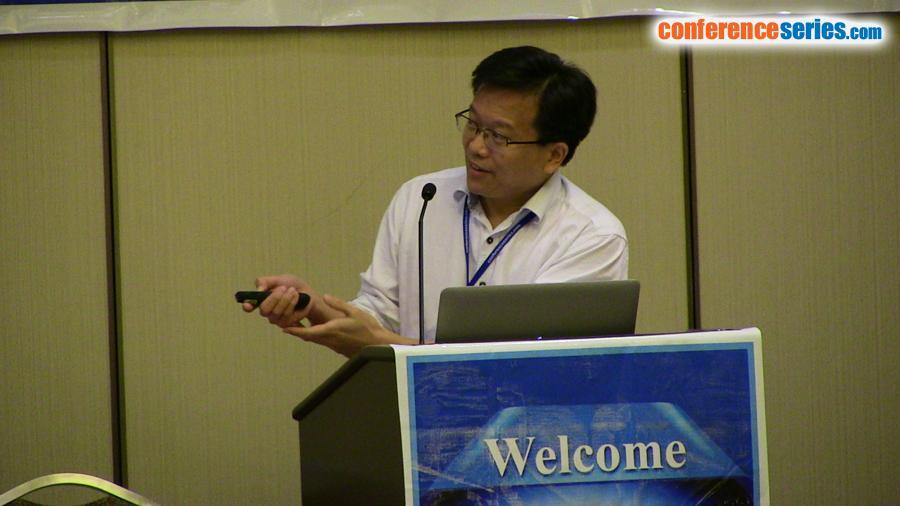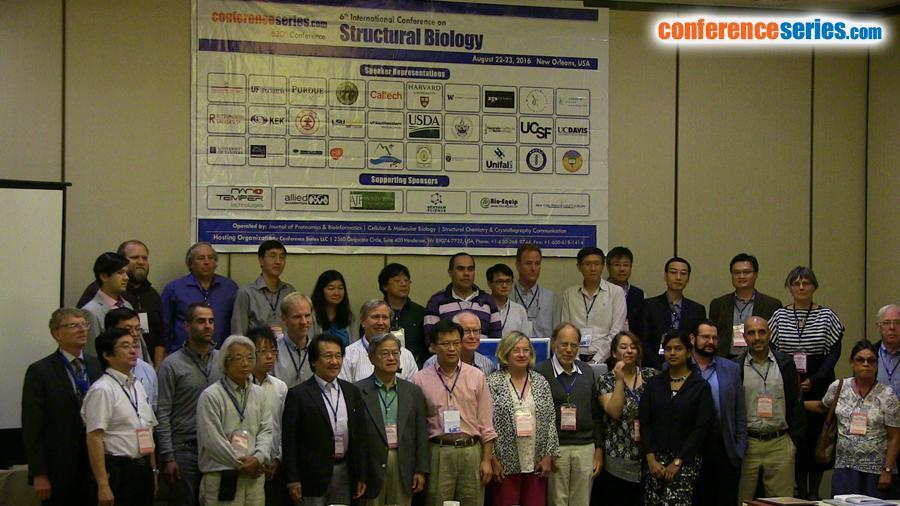
Qiu-Xing Jiang
University of Florida, USA
Title: Symmetry ambiguity and its implications to the molecular functions of the MAVS prion-like filaments
Biography
Biography: Qiu-Xing Jiang
Abstract
The intracellular innate immune response takes advantage of the induced filament formation in order to achieve high sensitivity and signal amplification. The RIG-I –MAVS signaling is initiated by the Rig-I sensing of individual viral RNA (vRNA) molecules, which induce the formation of RIG-I/vRNA dimers. The activated RIG-I dimers together with poly-ubiquitins trigger the self-inhibited MAVS molecules on the outer surface of mitochondria to release their CARD domains, interact with each other and form fibril structures. We have been working on understanding the structural basis for the RIG-I –MAVS signaling, both the vRNA-induced RIG-I dimerization and the switch of MAVS monomers from the self-inhibited state to the filament form both in vitro and in virus-infected cells. We observed significant heterogeneity in the MAVS filaments. Symmetry analysis of the filaments showed ambiguity in them. In our earlier datasets, a majority of our images agreed better with the C3 symmetry, which led us to prepare filaments under low ionic strength to increase electrostatic interaction and filament quality. Sorting of the cryoEM images from these filaments led to a significant portion of the data that showed C1 symmetry, consistent with a group of filaments formed by renaturization of the denatured CARD domsignal amplification poly-ubiquitins fibril structures signaling cryoEM images CARD mutagenesisains. We performed parallel sorting of our datasets using different algorithms against two different structural models to estimate the heterogeneous composition in the datasets. The two models are not well distinguished by the mutagenesis data we have collected. They suggest two different molecular mechanisms and need further experimental examination. A major open question is which one or both filaments are formed inside the virus-infected cells.




